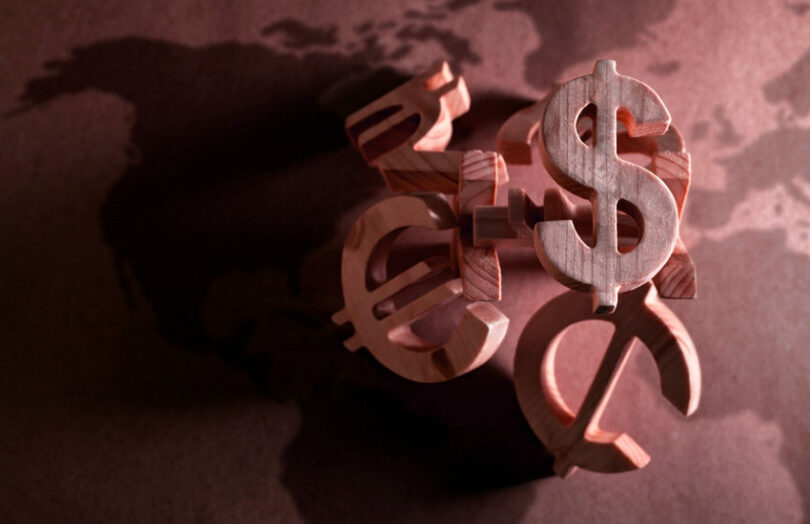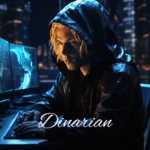Most banks are not keen on retail central bank digital currencies (CBDCs) because they fear it will lure away bank deposits. The recent support by the American Bankers Association for the anti-CBDC Bill is evidence of this. Wholesale CBDCs – the ones only usable by institutions – were considered useful for banks. However, some institutions are keener than others, often depending on the application of the wholesale CBDC. Executives in the securities services sector are usually the most enthusiastic. On the payments side, JP Morgan’s Umar Farooq appeared to have reservations during last month’s Consensus event.
The advantage of using a wholesale CBDC is that it enables interbank and securities settlement in central bank money rather than commercial bank money, which comes with counterparty risk.
Currently interbank settlement has come to the fore as several initiatives have started to explore tokenized deposits, allowing for bank-backed programmable payments. Tokenized deposit payments between banks have two legs. There’s the customer token transfer from one bank to another and another leg where the banks settle between themselves. This is done either through a real time gross settlement (RTGS) system or ideally with a wholesale CBDC.
Mr Farooq, who leads Onyx by JP Morgan, the bank’s blockchain division, and is the new co-lead of payments, discussed using a CBDC in this context. “I think CBDC could be a mechanism for that, but I don’t think it’s the only mechanism,” he mentioned the possibility of a live clearing system. “It (wholesale CBDC) is an option. I’m not sure it’s the best possible option.”
Meanwhile, tokenized deposits can be used for domestic transactions, but one of the most promising use cases is cross border.
Project Agorá
The BIS recently launched Project Agorá involving seven central banks and commercial banks collaborating to enhance the existing international correspondent banking system. Practically, it aims to streamline compliance and enable instant cross border settlement using tokenization.
A strategic goal is to attract more banks to provide correspondent banking services. There’s been a major contraction in both the number of correspondent banks and the currency corridors, which has particularly impacted certain emerging markets. The BIS (CPMI) found that in the Americas (excluding North America), between 2011 and 2022 the number of active correspondents almost halved (-47%). Oceania was down 38%, and Africa and Europe declined 34%. For US dollars, the figures were even more stark. During the same period, the proportion of emerging markets currency foreign exchange trading has roughly doubled.
At a big picture level, the obvious institution Agorá could potentially disrupt is the interbank messaging system, Swift. However, there are other initiatives it could also usurp. Agorá is most similar to Partior, the cross border payments initiative co-founded by JP Morgan, DBS and Temasek, with Standard Chartered joining later.
The consortium challenge
JP Morgan’s Farooq commented during Consensus discussions about Agorá, “No disrespect to any central bank or any commercial bank, but you put twenty of those in a room and try to build something, the chances of that being built are slim if you’re an optimist.”
That might sound like a provocative statement targeted at Agorá. However, Mr Farooq has previously expressed similar comments about consortia in general, based on his experience.
A couple of years ago, he outlined the concept of Metcalfe’s law – that the more participants the greater the network effect. However, he noted it’s the opposite for consortia. He proposed the ‘Inverse Metcalfe Law of Innovation in Consortia’ – The probability of delivering a truly innovative product/solution is inversely proportional to the square of the number of organizations involved in a consortium. So one company on it's own is one hundred times more likely to deliver an innovative solution than a ten company consortium. He argued the only way for consortia to work is to let one or two leaders drive without interference.
That’s why Partior had a small number of participants at the outset. It grew out of JP Morgan’s work on Singapore’s Project Ubin for CBDC.
Agorá competes with Partior?
When we first understood Agorá’s focus on correspondent banking, Partior was the closest initiative we thought of. The Partior network is already up and running, although it is still in its early stages.
In other words, Partior also performs compliance upfront and uses tokenization for multicurrency payments. The key benefits are that banks can link to Partior’s correspondent network to enable almost instant payments 24/7 for their clients. However, the settlement banks that enable the other banks also have to settle up between themselves. Currently, in Partior they still do so in a conventional manner, whereas a wholesale CBDC might benefit that aspect.
Apart from Partior, we’d speculate that JP Morgan might have another reason to be less keen on initiatives like Agorá. We highlighted the contraction in correspondent banking which means competition has reduced. In a scenario with less competition and a growing volume of transactions, the remaining players have prospered, and none more so than JP Morgan. It ranks number one in payments amongst the largest investment banks, number one in US dollar payments volume and has a 27.1% market share in Swift US dollar payments. During 2023 it averaged $9.7 trillion in daily payments.
Hence, if Agorá succeeds in increasing competition, it could reduce some of the competitive advantages in international payments of the larger settlement banks. At the same time, if it achieves its goals it will provide new opportunities for other banks and hopefully reduce costs for end users.
Wholesale CBDC competes with Fnality
Another solution that competes with wholesale CBDC is Fnality, backed by twenty financial institutions. It effectively provides a synthetic CBDC because its settlement token is backed by member bank deposits held in an omnibus central bank account. We’d argue that any major jurisdiction that launches a wholesale CBDC would reduce the need for Fnality.
Fnality provides a powerful solution for low risk settlement. Plenty of jurisdictions don’t want to launch a wholesale CBDC in the near term. That might be because it is a political hot potato, as in the United States. Other jurisdictions, such as Germany, want to see actual demand before going to the expense of developing one.
However, some executives in the securities services sector view Fnality as a strong interim solution but prefer a wholesale CBDC. That’s because Fnality still has some counterparty risk, even though it’s a small one. The fact that so many institutions have backed Fnality means that all don’t share that view.
With Swift, Partior and Fnality we’ve shown that a wholesale CBDC can be a competitor. However, it isn’t always the case. Many wholesale CBDC use cases can be a commercial bank enabler.
Tokenized deposits: Wholesale CBDC as a bank enabler
One example is DREX, Brazil’s pilot wholesale CBDC initiative, which provides a wholesale CBDC for interbank settlement of tokenized deposits. Banco Central do Brasil has an ambitious goal to create an open banking-style environment leveraging tokenization for investments and credit. It, too, is keen to encourage competition.
The tokenized deposits will be used for programmable payments and the settlement of securities transactions. Not only is it providing a platform and framework for banks to engage in tokenized deposits and tokenization more broadly, but it’s putting banks at the center. Hence, banks can provide wallets, allowing them to harness their client relationships as the future of finance evolves.
Stepping back, we’ve touched on three specific examples. However, at a big picture level, the objective of wholesale CBDC is to reduce risk. Instant settlement in central bank money for a wider range of applications could take a significant amount of risk out of the banking and capital markets system. If banks are subject to less risk, it might allow them to be more expansive in other areas.





























